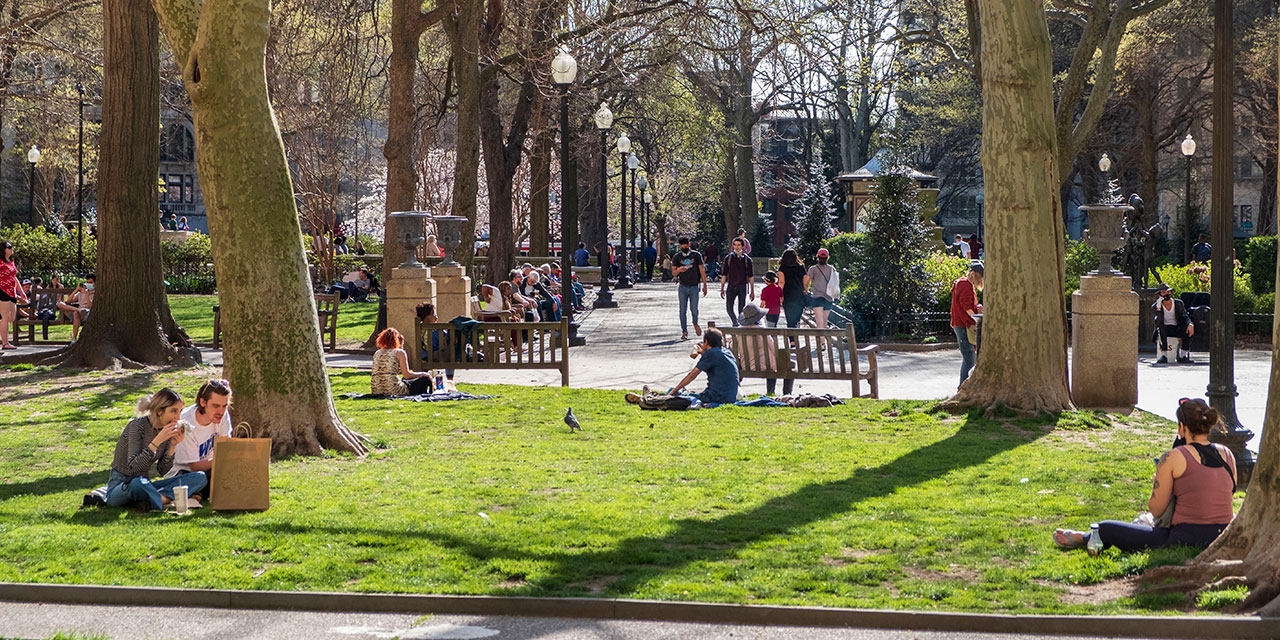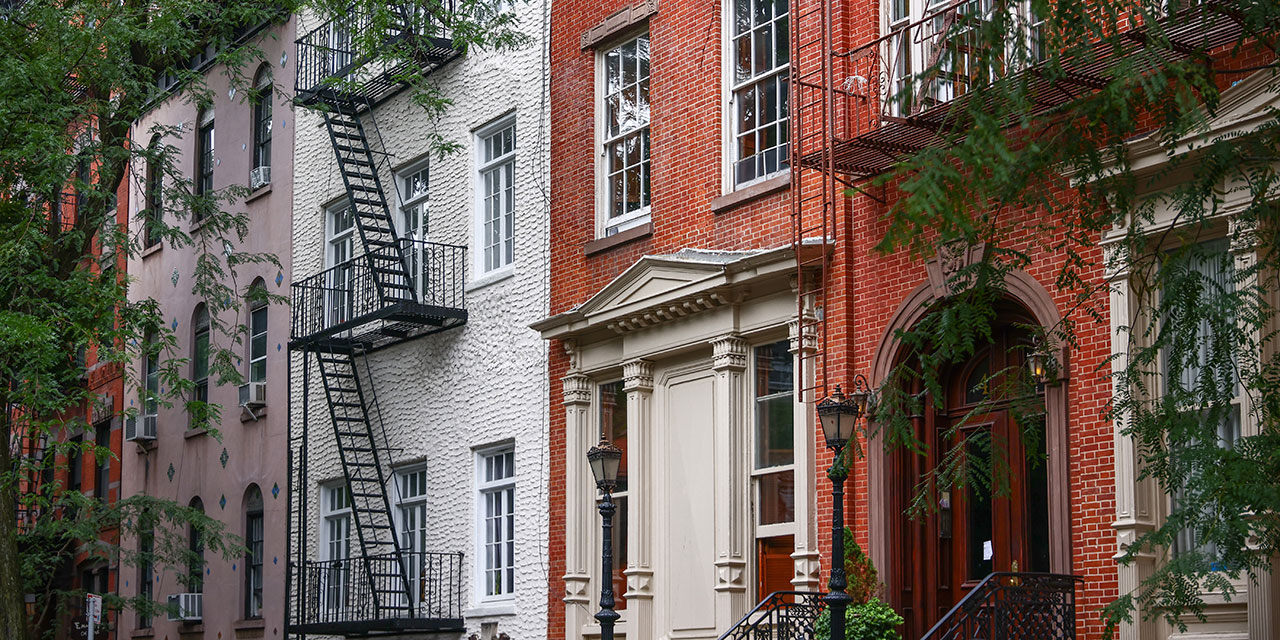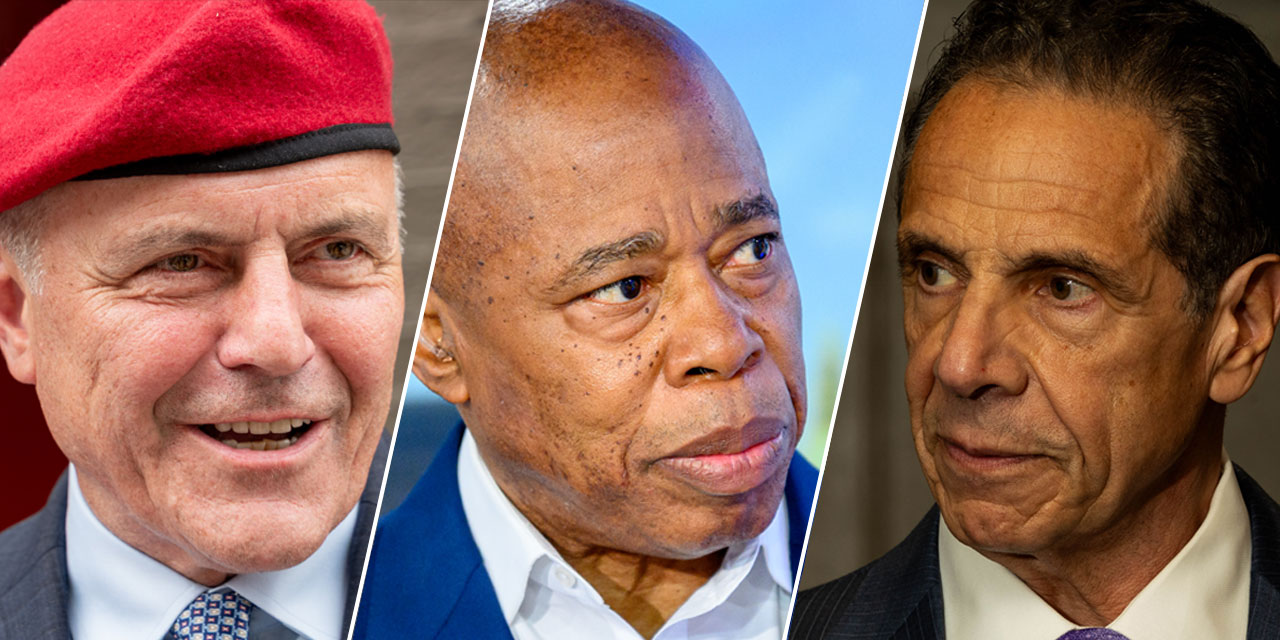The Archdiocese of New York’s recent announcement that it would close 12 Catholic schools and merge four others into two undoubtedly was heartbreaking for the students, families, teachers, and principals affected, but the impact of the decision extends beyond those left scrambling to find new schools and teaching positions. It also deals a blow to the thousands of New York children who desperately need access to high-quality education and to the neighborhoods that these schools have served for many decades.
Urban Catholic schools have long been a lifeline for the most disadvantaged students. Decades of social-science research have demonstrated a “Catholic school effect” on the academic performance and life outcomes of disadvantaged minority students. Beginning with the groundbreaking work of James Coleman and Andrew Greeley decades ago, scholars have found that Catholic school students, controlling for a range of predictive demographic factors, are more likely to finish high school, attend college and graduate, maintain steady employment, and earn higher wages than similar students attending other types of schools.
Finally, a reason to check your email.
Sign up for our free newsletter today.
The opportunities provided by urban Catholic schools have never been more important, as students struggle to recover from the devastating effects of prolonged remote instruction. The most recent National Assessment of Educational Progress (NAEP) shows that more than two decades of student learning gains were wiped out during the pandemic. A report by the Harvard Center for Education Policy Research found that disadvantaged kids fell the farthest behind, largely because public school districts serving them remained shuttered longer than those serving more affluent students.
As Kathleen Porter-Magee has documented, students at Catholic schools, which moved heaven and earth to open in the fall of 2020, suffered virtually no learning losses during the pandemic. In fact, she notes, if Catholic schools were a state, their students’ 2022 NAEP scores would have ranked first in the nation. Black and Hispanic students in Catholic schools progressed, in contrast with their public school peers, who lost ground. Catholic schools led the nation for Hispanic achievement on each of the four NAEP tests and led in black student achievement on three of the four. They also rank first in eighth-grade reading and third in both fourth-grade reading and fourth-grade math for students qualifying for free and reduced-price lunches.
Closing Catholic schools, with their consistent record of achieving so much with a fraction of the resources expended in public schools, removes them—likely forever—as educational options for the students and parents most in need of a wide array of choices. (Average tuition at Catholic schools in New York City is $8,549; the New York City Department of Education spends approximately $29,000 per student.)
Closing these schools also removes them forever from neighborhoods that desperately need stabilizing community institutions. Crime is spiraling out of control again in New York City. Last year alone, serious crime increased by 22 percent. In my research with Margaret Brinig, we examined the effects of both Catholic school closures and open Catholic schools on various indicators of neighborhood stability, including levels of serious crime, in urban neighborhoods in Chicago and Philadelphia. We found that Catholic school closures led to a rise in serious crime and a decline in social cohesion in the neighborhoods surrounding them. We also found that, controlling for neighborhood demographics, open Catholic schools were associated with significantly lower levels of crime in urban neighborhoods. Between 1999 and 2005, the presence of an open Catholic school in the area of a police beat was consistently associated with a statistically significant lower levels of serious crime. Though the percentage difference varied by year, the crime rate in police beats with Catholic schools was, on average, at least 33 percent lower than in police beats without them.
The most recent wave of school closures in New York City are reflective of a decades-long trend of enrollment decline in Catholic education. Though Catholic school enrollment actually increased for the first time in decades last year, the number of Catholic schools has declined precipitously in recent decades. Ten years ago, for example, 1,974,578 students were enrolled in 6,594 schools; this year, 1,693,493 students are enrolled in 5,920 schools. At their peak in the 1960s, just over 13,000 Catholic schools enrolled 5.2 million students. As Ray Domanico observes, “The Catholic school system, as we know it, is slipping away, here and in other dioceses around the country.”
It doesn’t have to be this way. Nationwide, parental-choice efforts are ascendant. Thirty-two states, Puerto Rico, and the District of Columbia, all have one or more parental-choice programs that enable students to use public resources to enroll in a private school, including a Catholic school. In the past six months, four states (Arizona, Iowa, Utah, and West Virginia) have made eligibility for their programs universal. New York is not among them, though the parental-choice movement arguably originated in New York City over 175 years ago, when Archbishop John Hughes unsuccessfully demanded public funding for the city’s nascent Catholic school system on equality grounds. In recent years, efforts to secure the enactment of a modest tax-credit-funded program to support the state’s most disadvantaged children have fallen short.
This seems unlikely to change, despite evidence that parental choice would yield significant cost savings. Unfortunately, in New York, as elsewhere, debates about education reform often focus on preserving school systems rather than on expanding opportunities. Even Governor Kathy Hochul’s modest proposal to lift the numerical cap on charter schools has drawn fire, including (disappointingly, in my view) from the New York Catholic Conference, which opposes expanding charters until Catholic schools also become eligible for public funds. Opposition to expanding charter schools also likely means that pursuing another possible avenue—namely, challenging legal prohibitions on Catholic schools’ ability to operate as charters—will not make a significant practical difference in many states, even if courts do invalidate these prohibitions.
Of course, as Domanico persuasively argues, not all the problems plaguing Catholic schools are about money, and access to public resources is not a panacea. (Sadly, some Catholic schools continue to close even in states with private-school-choice programs.) Though the financial strain of operating tuition-driven Catholic schools in competition with tuition-free district and charter schools is daunting, some urban Catholic schools—for example, New York’s Partnership Schools—manage to thrive, even absent public funding. For all their many contributions to our civil society, New York Catholic schools, at least in the near term, likely will continue to go it alone, making the development of similar models focused on internal reforms critical to their survival.
That said, access to public resources increases the likelihood that these models will both develop—as they have in states with private-school-choice programs, including Wisconsin and Pennsylvania—and expand, as the Partnership Schools have done in Cleveland. And by leveling the playing field, private-school-choice programs also reduce the likelihood that Catholic schools will have to close. Still, advocates for parental choice should continue to remind those who prioritize school systems over students about the tragic consequences of losing urban Catholic schools.
Photo: sarahdoow/iStock




